Description
From Napoleon to the Nazis:
The Mysterious Story of Marshal Beresford’s Silver
Od Napoleona do nazistów:
Tajemnicza historia sreber marszałka Beresforda
This book tells the extraordinary story of a silver collection amassed by Marshal William Carr Beresford during and subsequent to the Napoleonic wars, the subsequent gift of part of the collection to the nation and the curious events surrounding the theft of that part of the collection in World War II.
William Carr Beresford from County Waterford in Ireland, joined the British army as a young man in 1785. He fought in the French revolutionary and Napoleonic wars rising to become a general.
Appointed Marshal of the Portuguese army in 1809 he became Wellington’s trusted right arm in the struggle against the Napoleonic forces in the Iberian Peninsula.
During his lifetime he was gifted valuable silver by grateful governments and mercantile interests. A hundred years later a romantic attachment to Poland led Harold Beresford Hope, a young British diplomat, to gift part of that collection to the British government with the stipulation that it be used in
the British Embassy in Poland. At the time of making the gift, Poland was not a nation state, having been dismembered by Austria, Prussia and Russia in the eighteenth century; and accordingly there was no British Embassy in Warsaw or elsewhere in Poland. The peace settlement of 1918 saw Poland take her place amongst the nations of Europe once again. The silver was transported to the
British embassy in Warsaw in 1921 under armed guard.
When Harold Beresford Hope in 1917 made the gift with the stipulation that it be used in the British Embassy in Poland, he could little have imagined that it would be looted and disposed of some 25 years later, during the Nazi occupation of Poland in World War II. In the aftermath of World War II it was the efforts of a former Miss Europe, herself the wife of a diplomat, that kick started efforts to
recover the silver. Individuals involved both during and after the war faced allegations of espionage leading to prosecution and imprisonment.
The book is based on research undertaken in Ireland, England and Poland following the story of the silver across Europe and the United States of America.
The authors:
Marcus de la Poer Beresford is a distant relative of Marshal Beresford. Marcus has lectured extensively in Ireland and abroad on the Napoleonic wars, and his publications include:
Marshal William Carr Beresford ‘The ablest man I have yet seen in the army’ (2019 in English and 2021 in Portuguese),
Peninsular and Waterloo General, Sir Denis Pack and the war against Napoleon (2022)
Katarzyna Krenz, a prize winning Polish journalist, novelist and poet. Her novels include:
W ogrodzie Mirandy (In Miranda's Garden),
Lekcja tańca (Dance Lesson),
Krolowa pszczół (The Queen of Bees) and Księżyc myśliwych (Moon Hunters)

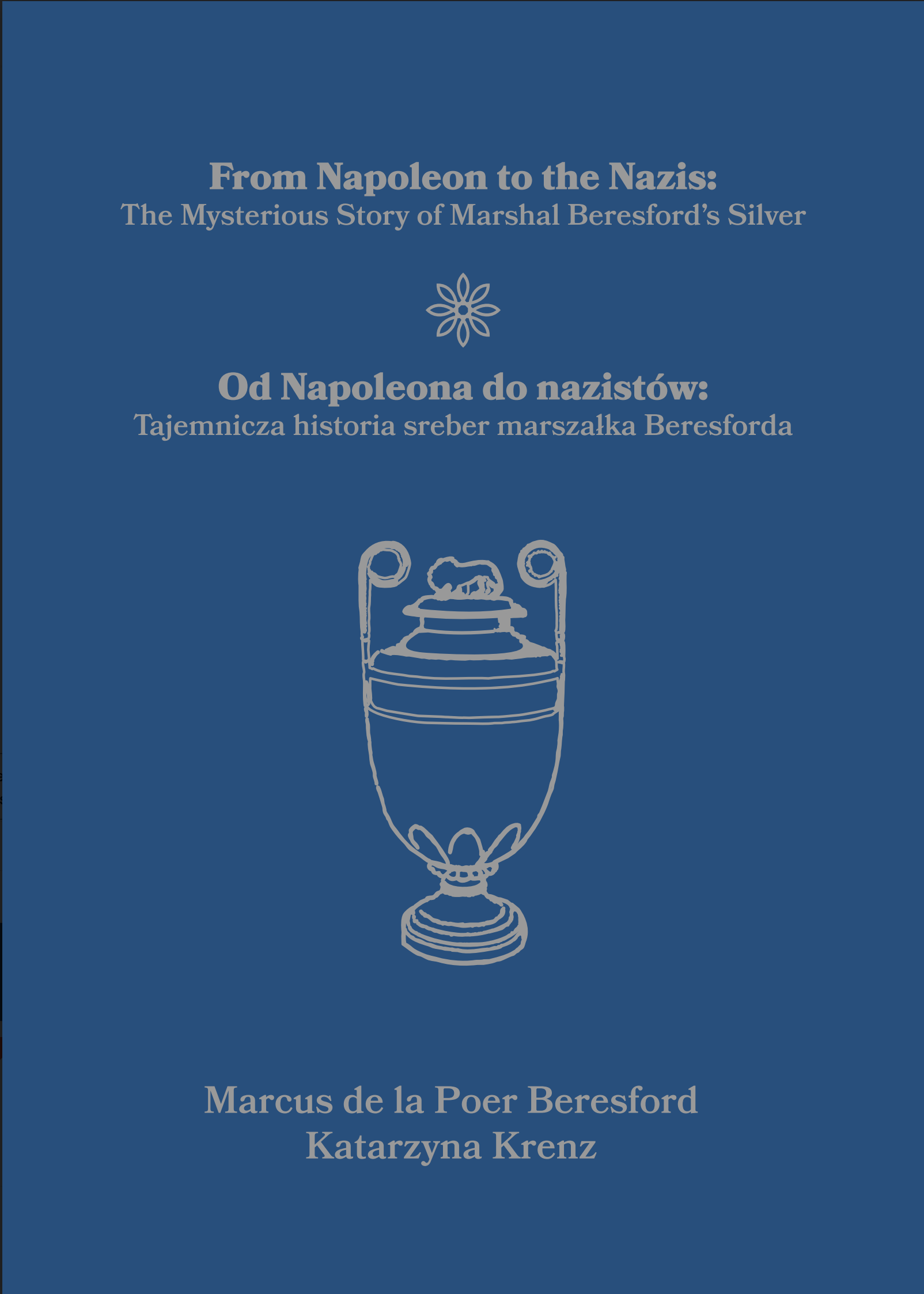
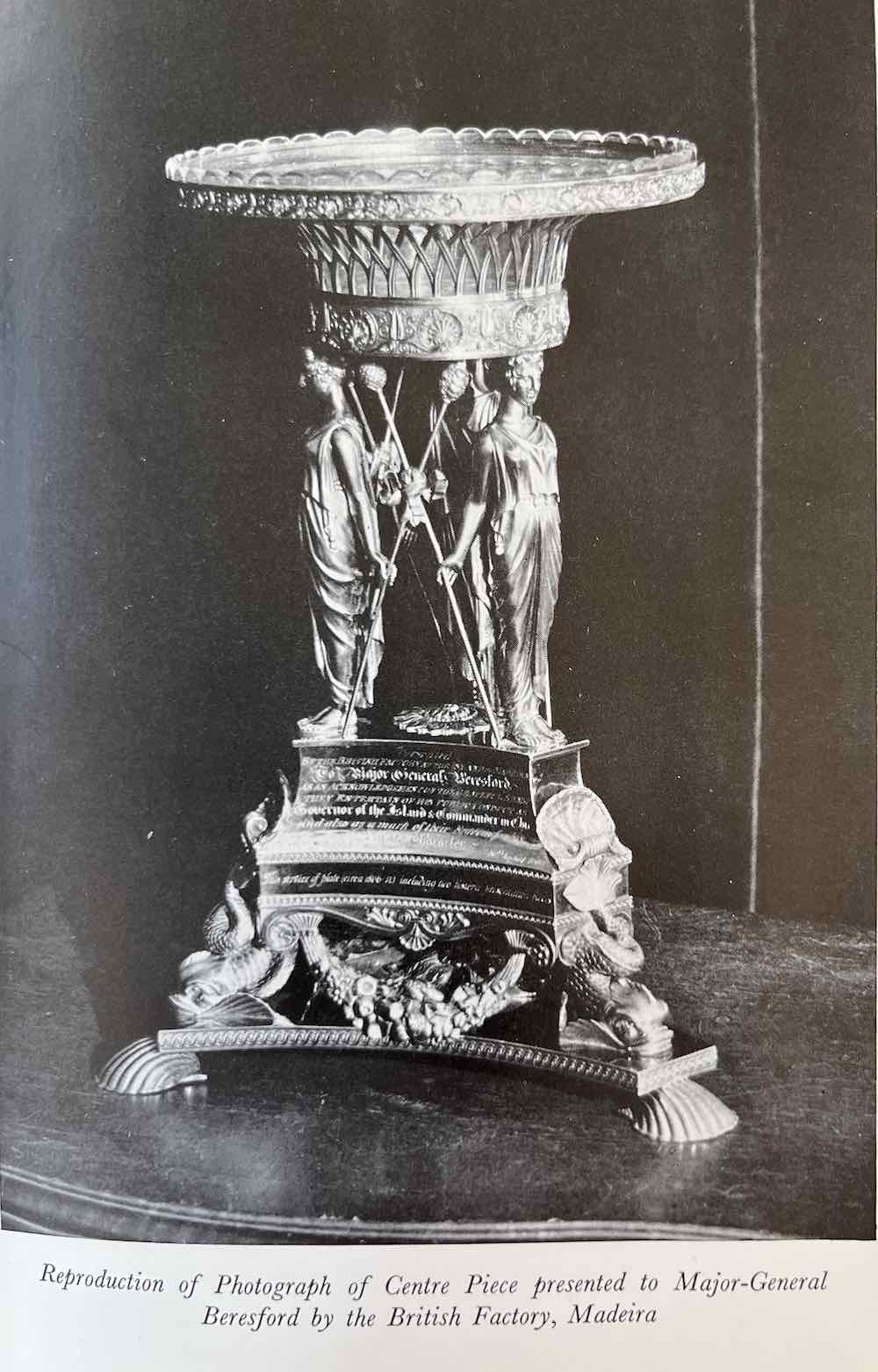
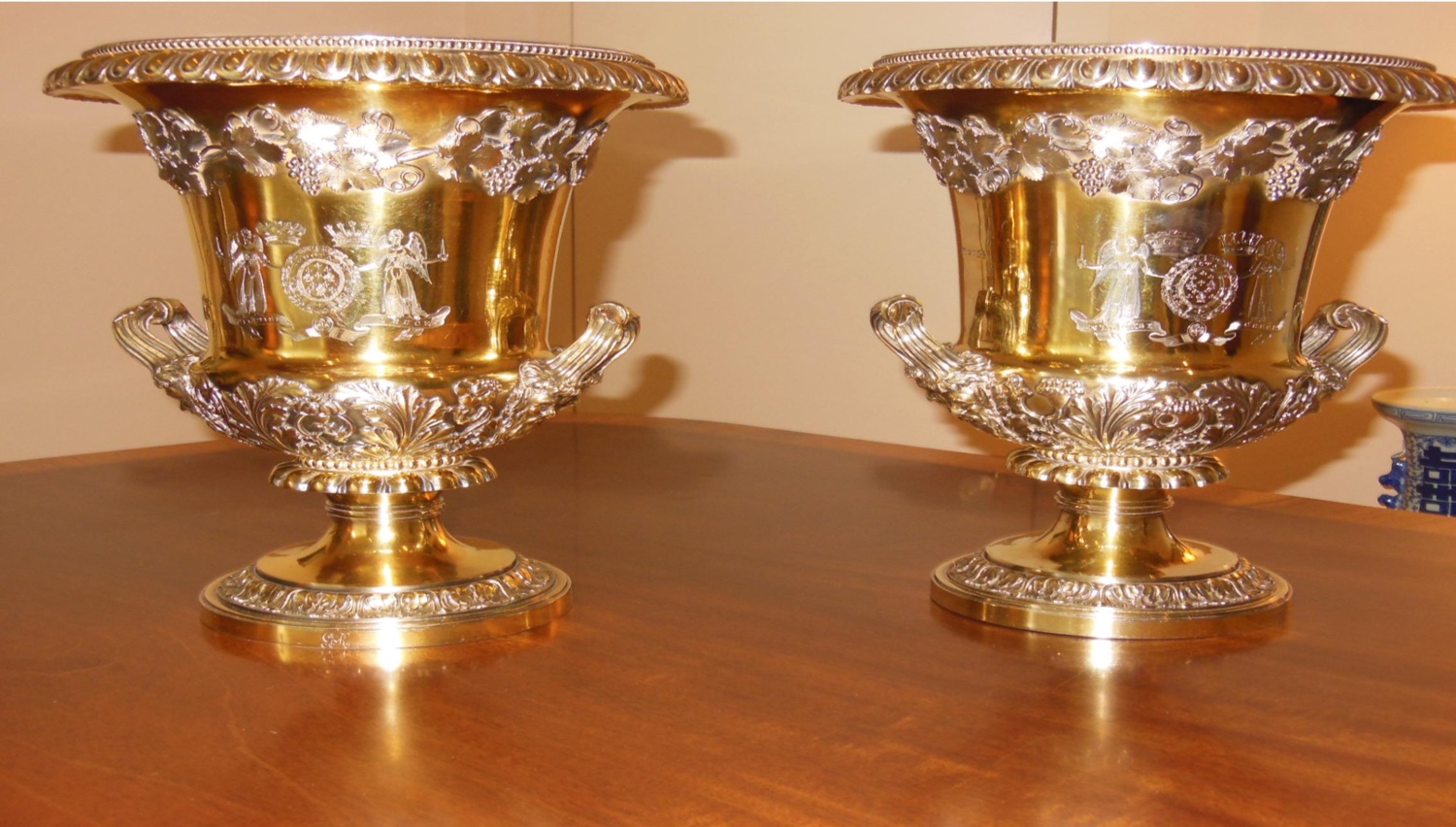
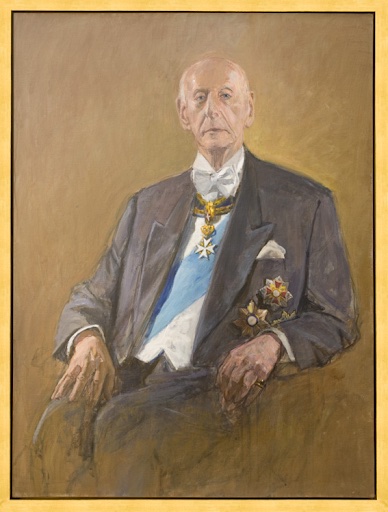
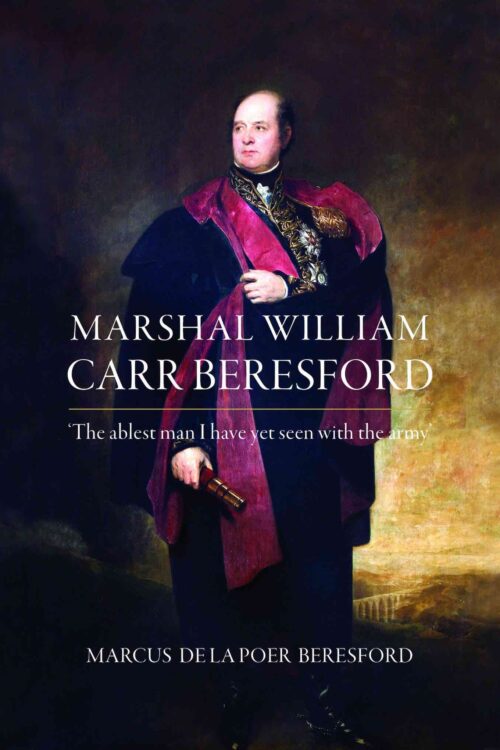
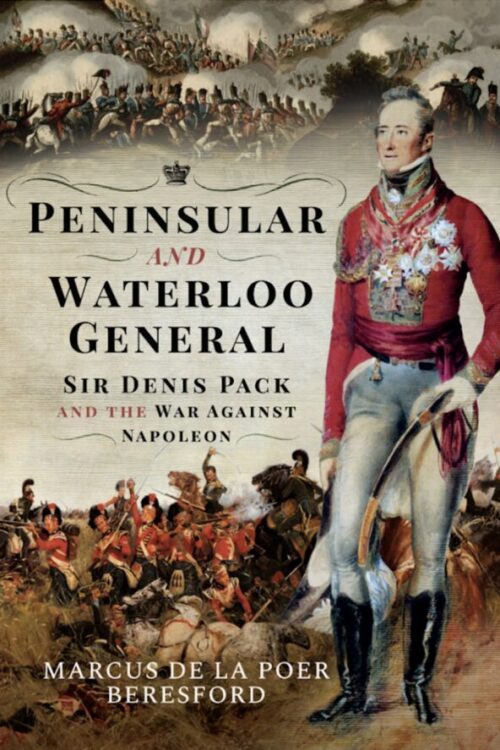
Dr Thomas Sinsteden –
From Napoleon to the Nazis:
The Mysterious Story of Marshal Viscount Beresford’s Silver.
By: Marcus de la Poer Beresford and Katarzyna Krenz
It has been 50 years since an article appeared in Apollo Magazine for the Arts, “Where is the Beresford silver?” Now Marcus de la Poer Beresford, a distant relative of Marshal Beresford has pieced together the diverse journey of a substantial silver dinner service belonging to the Marshal, much of it gifted to him for his extensive contribution to the Peninsular War and other military campaigns. The Beresford family tree is succinctly described, giving us a good understanding of how the silver was inherited through the family. The extensive and detailed end-notes provide the essential bibliography but also allow those scholars interested to learn a host of associated details.
A significant portion of the dinner service ended up in the British embassy in Warsaw only to be robbed during the 2nd world war. Marcus Beresford and Katarzyna Krenz have identified many of the lost pieces that have come to light and their circuitous route told like a spy thriller.
There was long tradition of the Lord Chamberlain’s warrants to instruct the Jewel House (closed 1795) to deliver ambassadorial dinner services (many exceeding 5000 oz) both gilt and white (sterling silver), to newly appointed ambassadors to foreign countries. This show of wealth helped the ambassadors negotiate peace treaties as well as trade agreements. This tradition lasted some 250 years. Marcus and Kasia’s intriguing story of the Harold Beresford Hope bequest to the British embassy at Warsaw confirms that Harold was a diplomat at heart and believed in the power of entertaining foreign dignitaries in the splendor of shining silver. A copy of his last will and bequest lists the silver items including the Lloyd’s Patriotic cup awarded to the Marshal following his capture of Buenos Aires in 1806. Harold’s more personal side revealed by the authors clearly played a role in choosing Warsaw as a destination for his silver. The silver was installed in the Branicki Palace in 1922. There it served its diplomatic term until the Second World War. There is a detailed account of the events during the occupation of Poland and in the immediate aftermath of the war. Yet who exactly robbed the strong room in September 1939 is unclear. However, it was distributed to various individuals including antique dealers. Interestingly 12 of the 13, probably silver-plated, dish covers were recorded as being discovered in 1945 in a scrap yard in Warsaw by Aliki Russell, wife of the first secretary at the British Embassy. Several interesting characters of various backgrounds – British, Polish, Swedish, and others had involvement with the stolen silver and its partial return to the embassy over the next decade. Items appeared in Poland, Sweden, England and the U.S.A. The aftermath of the war, during the Russian occupation of Poland, proved a challenging time for many of those living in Poland. The story relates step by step the difficult road that diplomat and art scholar Count Andrzej Ciechanowiecki had during the Russian occupation and his eventual liberty leading to a successful career as an art dealer in London. His loyalty to Poland and diplomatic connections led to further Beresford silver being returned to the embassy. In a different twist we are told of the British embassy’s pride in their ambassadorial silver, leading to an exhibition in the local Warsaw Museum in the 1960’s, which was nearly derailed by political intrigue.
Most of the important pieces have been recovered. However, the large six-piece center plateau and all of the flatware are still missing. I suspect as a result of this scholarly publication more of the lost items will be found. May this book give new life to the Beresford Hope ambassadorial silver at the British Embassy in Warsaw.
Dr Thomas Sinsteden
i. Silver gifts played an important role to open trades routes with Russia since the Muscovy Company, founded British merchants during the time of Peter the Great. Much of the silver gifted to Peter the Great still exists in the Kremlin. The success of this strategy soon led to the Lord Chamberlain’s warrants instructing the Jewel Office to loan their plate to ambassadors while abroad. In practice little was returned to the Jewel Office.
Edward –
Excellent, thank you